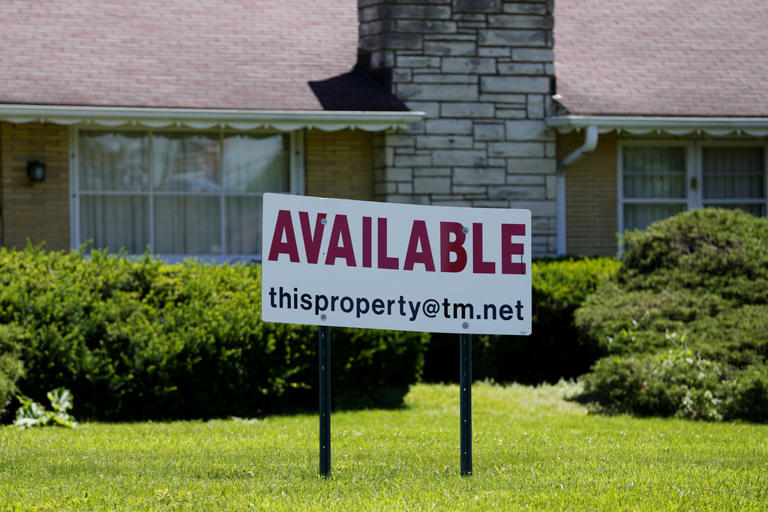The U.S. housing market has hit a rough patch as sales of previously occupied homes continued to decline in June, marking the fourth consecutive month of decreasing activity. According to the National Association of Realtors (NAR), existing home sales fell by 5.4% from May, reaching a seasonally adjusted annual rate of 3.89 million homes. This decline brings the market to its slowest pace since December and reflects a broader trend of weakening sales. Year-over-year, sales were also down by 5.4%, falling short of the 3.99 million annual pace that economists had anticipated, as reported by FactSet.
Home Prices Surge to New Heights
Despite the drop in sales volume, home prices have continued their upward trajectory. The national median sales price rose by 4.1% from the previous year, reaching an all-time high of $426,900. This new record surpasses previous highs recorded since 1999. The persistent rise in home prices is occurring even as the supply of unsold homes has increased. The number of unsold homes at the end of June was approximately 1.32 million, reflecting a 3.1% increase from May and a substantial 23% rise compared to June of the previous year. This inventory level translates to a 4.1-month supply of homes at the current sales pace, which is considered a balanced market between buyers and sellers.
Market Dynamics and Emerging Trends
Lawrence Yun, the NAR’s chief economist, highlighted that while inventory levels are rising, there has not been a corresponding increase in sales. This situation suggests a potential shift in market dynamics. Yun noted that the data might indicate a gradual transition from a sellers’ market, characterized by high demand and low inventory, to a buyers’ market where increased inventory gives buyers more leverage. Despite this shift, sellers are still benefiting from a relatively tight housing market, with homes selling quickly—typically within just 22 days of listing. Additionally, 29% of homes sold last month fetched prices above their original listing price, a sign of continued competitive bidding.
The Impact of Mortgage Rates
The decline in housing market activity can be traced back to 2022 when mortgage rates began to rise from the historically low levels seen during the pandemic. Existing home sales hit a nearly 30-year low last year as the average rate on a 30-year mortgage surged to a 23-year high of 7.79%, according to Freddie Mac. Although mortgage rates have remained around 7% this year—more than double the rates from three years ago—there is hope that a potential Federal Reserve rate cut in September could ease borrowing costs. Lower mortgage rates could stimulate market activity by making home loans more affordable.
Influences of Federal Reserve Policy and Inflation
Mortgage rates are influenced by various factors, including the bond market’s reaction to the Federal Reserve’s interest rate policies. Recent signs of cooling inflation have led to speculation that the Federal Reserve may cut its benchmark rate in September. Such a move could potentially lower bond yields, which in turn might reduce mortgage rates and encourage more homebuyers to enter the market. However, most economists expect that the average rate on a 30-year home loan will remain above 6% for the remainder of the year.
Shifts in Buyer and Seller Demographics
The challenges in the housing market are particularly pronounced for first-time homebuyers, who traditionally account for about 40% of home sales. This group represented only 29% of sales last month, reflecting ongoing difficulties in securing down payments amid high home prices and mortgage rates. On the other hand, all-cash buyers, who are less affected by interest rate fluctuations, made up 28% of sales, an increase from 26% the previous year. Investors and individuals purchasing second homes accounted for 16% of sales, down from 18% a year earlier.
Conclusion
The U.S. housing market is navigating a complex set of challenges, including elevated mortgage rates, record-high home prices, and a prolonged slump in sales. While there are signs of a potential shift towards a more balanced market with increased inventory, the overall environment remains difficult for many buyers. The market’s future direction will depend significantly on forthcoming Federal Reserve decisions and broader economic conditions, particularly those influencing mortgage rates and housing affordability.
